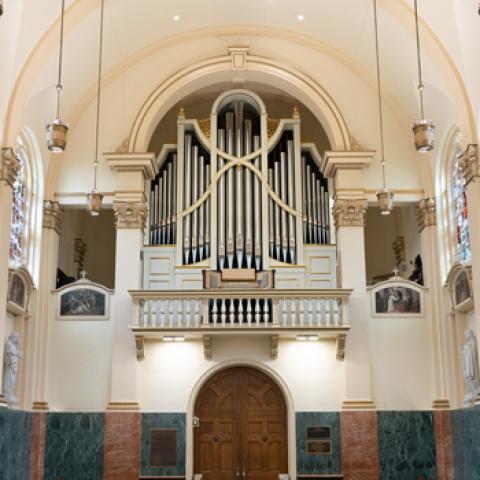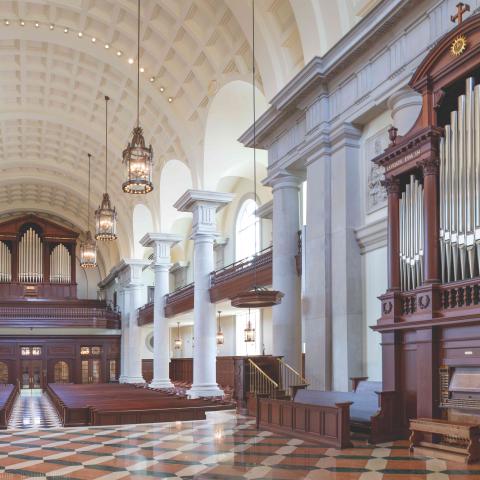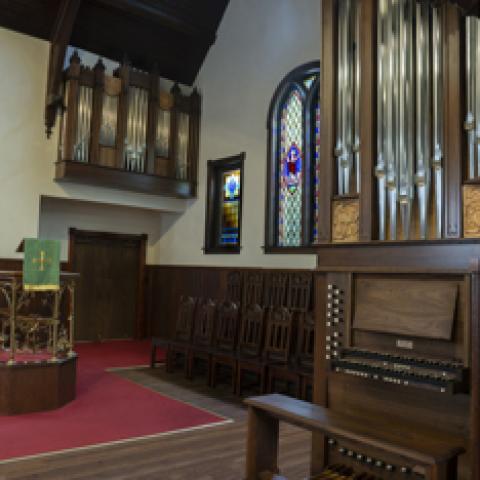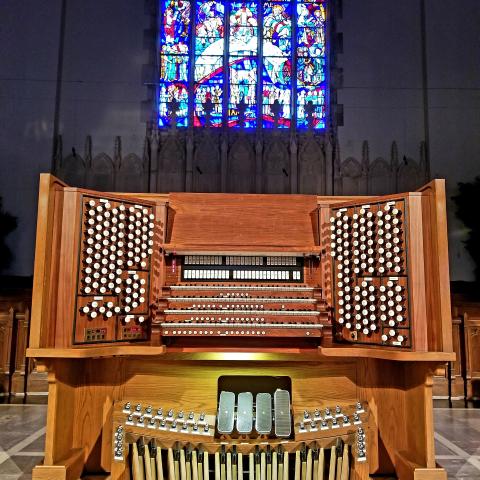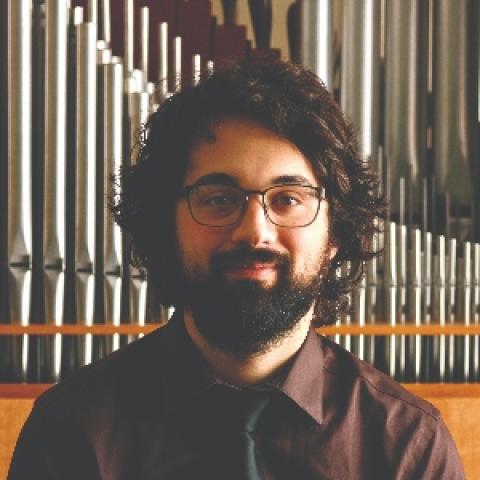
The Reuter Organ Company announces the sale of its present building in Lawrence, Kansas. The 78,000 square-foot facility was opened in 2001 and has served as Reuter’s third location in its 105-year history. Harvesters, a regional Feeding America food bank, will take possession of the property at the end of the year.
With many key management and shop personnel anticipating retirement, the logistics and realities of continuing operations on the same scale at a new, more appropriated-sized facility was determined to be impractical. Albert Neutel, Jr., will continue Reuter business on a limited scope. All currently contracted projects will be completed, either in the current building or in a smaller, local shop. He will also continue current maintenance and tuning services, consulting services, and work on selected projects of smaller scale.
For information: reuterorgan.com.
Other organ builder news:

